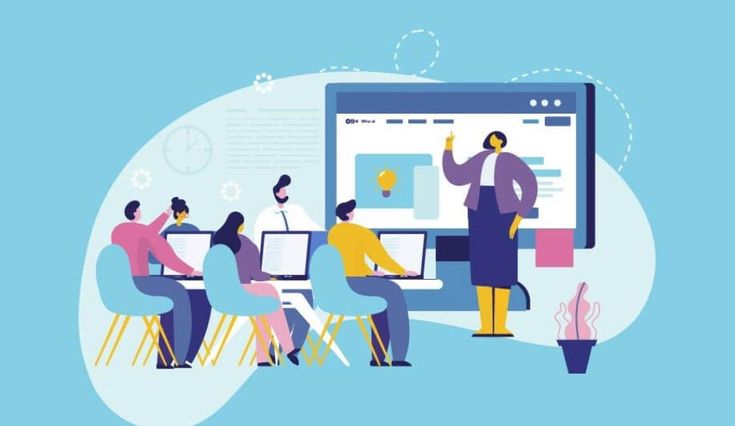Menu

Interactive vector graphics have become a powerful tool for enhancing user experience and engagement on websites. Unlike static images, interactive vectors respond to user actions, such as hovering, clicking, or dragging, creating a more dynamic and engaging environment. These scalable graphics can be used for everything from clickable maps to animated icons, ensuring your website captures and holds visitors' attention. In this article, we’ll explore how interactive vector graphics can improve user engagement and provide practical examples of how to use them effectively in web design.
Interactive vector graphics are images created using mathematical formulas rather than pixels, allowing them to be resized without losing quality. Unlike static images, these graphics respond to user interactions, making them a great choice for creating dynamic, engaging content on websites. Interactive vectors can be used for animations, clickable elements, and more, providing a visually appealing and functional experience for users.
Benefits of Interactive Vectors:
Scalability: Maintain sharpness and quality at any size.
Responsive Design: Adapt seamlessly to all screen sizes and devices.
Enhanced Engagement: Interactive elements increase user interaction.
Learn more about interactive vector graphics.
User engagement is crucial for the success of any website. Interactive vector graphics provide an exciting way to capture attention and keep users engaged. By offering elements like hover effects, clickable buttons, or animations, these graphics encourage users to interact with your website. The more users interact, the more likely they are to stay longer, explore more pages, and even convert into customers.
How Interactive Vectors Increase Engagement:
Visual Appeal: Dynamic visuals grab users' attention.
Better Interaction: Users are more likely to interact with elements that provide immediate feedback.
Enhanced Experience: Interactivity makes websites feel more engaging and immersive.
Discover how interactive vectors improve user engagement.
Interactive vector graphics are incredibly versatile and can be used in various elements of web design. From interactive infographics and animations to dynamic navigation buttons and maps, vector graphics offer endless possibilities. They can also be customized easily, making them ideal for websites looking to create a unique and engaging experience for users.
Popular Uses of Interactive Vectors:
Interactive Maps: Allow users to click or hover over areas for more information.
Animated Buttons and Icons: Engage users with animated responses to clicks or hover actions.
Custom Infographics: Make complex data more engaging with animated or interactive charts.
Explore the different uses of interactive vector graphics.
While interactive vector graphics can be incredibly effective, it’s important to use them wisely. Overloading a website with too many interactive elements can overwhelm users and slow down performance. To get the best results, ensure that your interactive vectors are intuitive, user-friendly, and optimized for fast loading times.
Best Practices for Using Interactive Vectors:
Keep It Simple: Avoid overwhelming users with too many interactive elements.
Optimize for Performance: Compress vector files to ensure quick load times.
Ensure Responsiveness: Test your interactive graphics on various devices to ensure they work seamlessly.
Learn how to optimize interactive vector graphics.
Interactive vector graphics are a powerful tool for improving user engagement and creating a dynamic web experience. By using vectors that respond to user actions, you can enhance both the visual appeal and functionality of your website. Start incorporating interactive vectors into your design today to create a more engaging and user-friendly site. For more tips on using interactive vectors in web design, visit SeekVector.